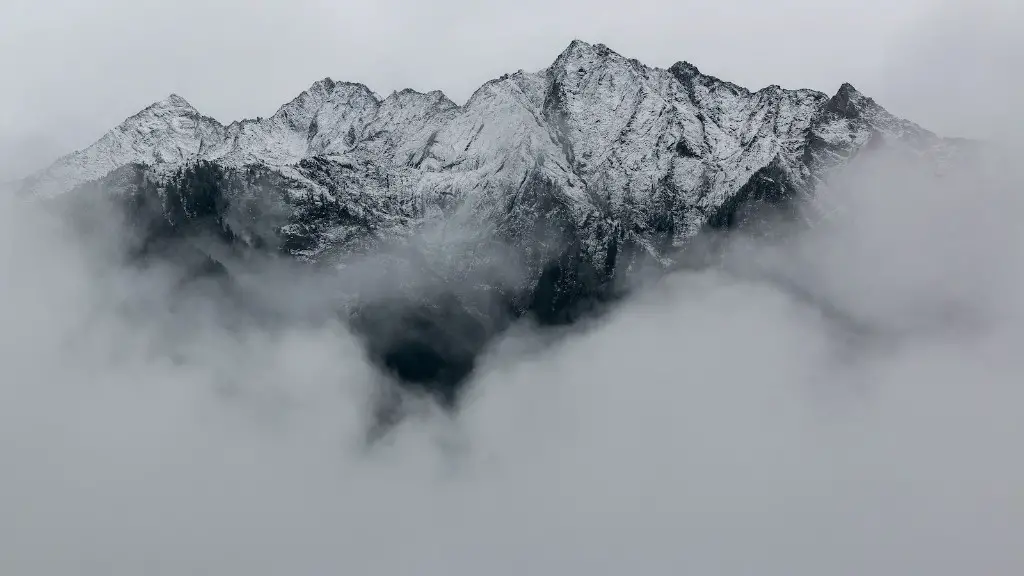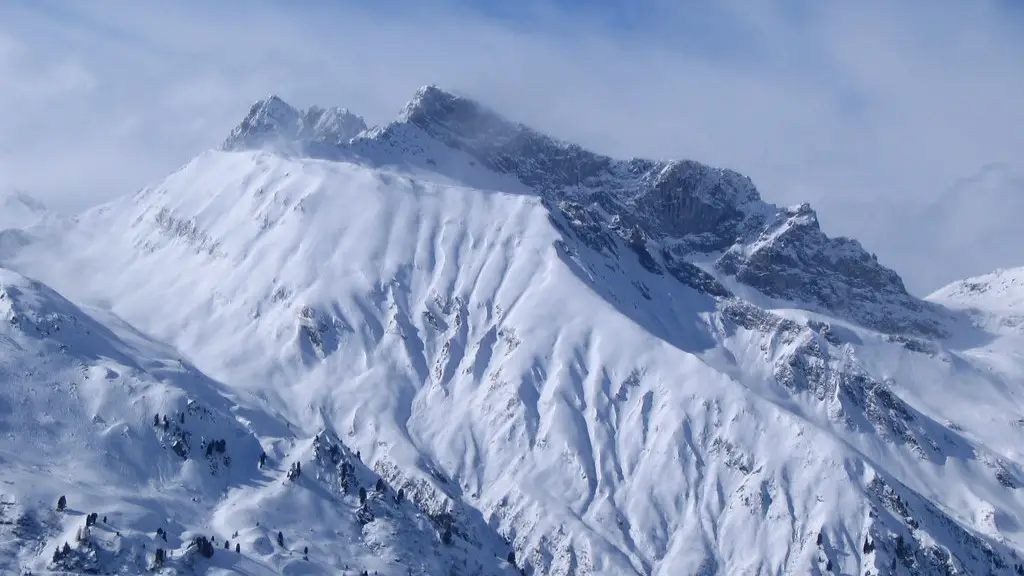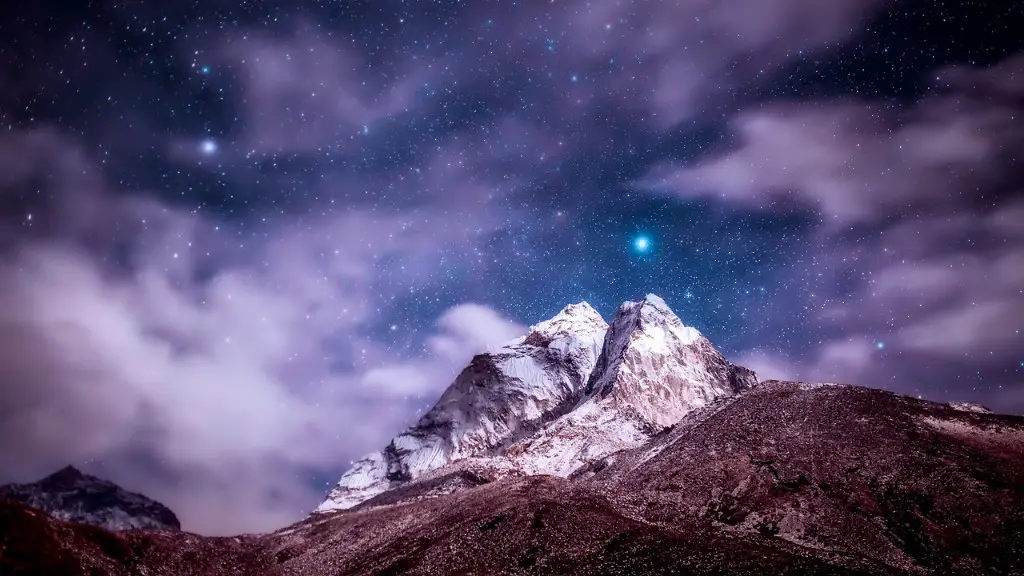Mount Fuji is the highest mountain in Japan and is considered one of the most beautiful and iconic mountains in the world. It is often featured in Japanese art and literature and is a popular tourist destination. Mount Fuji is also a sacred mountain and home to a number of shrines and temples.
Mount Fuji is one of Japan’s most iconic symbols. The symmetrical cone of the mountain is instantly recognizable, and it has been the subject of many works of art. Mount Fuji is also significant for its religious meaning – it is home to numerous shrines and temples, and pilgrims have been climbing the mountain for centuries. In recent years, Mount Fuji has become popular with tourists from all over the world, who come to enjoy the breathtaking views from the summit.
What is the most interesting thing about Mount Fuji?
1. Mount Fuji is actually three volcanoes in one.
2. Women were forbidden to climb it until 1868.
3. It is a sacred mountain.
4. It was first climbed by a monk.
5. It is a symbol of Japan.
6. It is an active volcano.
7. It last erupted in 1707.
8. It is surrounded by five beautiful lakes.
9. The views from the summit are breathtaking.
10. It is a popular tourist destination.
Mount Fuji is an iconic symbol of Japan that has been inspiring artists and tourists for centuries. The symmetrical cone of Mount Fuji is capped with snow and rises majestically from the earth. Pilgrims have been drawn to Mount Fuji for centuries, and its beauty has been captured in paintings and photographs. Today, Mount Fuji remains a popular destination for tourists from all over the world.
What is the legend of Mount Fuji
The folktale of Fuji is a story that has been passed down for generations in Japan. It tells the story of a woodsman who is awakened by a loud noise one night. He thinks it is an earthquake, but when he goes to check near his house, he sees that a mountain has appeared where there used to be flat land. The woodsman is amazed by the mountain’s mysterious existence and calls it Fuji-yama or the Never-Dying Mountain.
Mt Fuji is one of the most easily recognized landmarks in the world. It is revered by many and is a popular tourist destination.
Why do people love Mount Fuji?
Mountain climbing is definitely not for the faint of heart. It takes a lot of courage and strength to summit a mountain, especially one as large and popular as Mount Fuji. But for those thrill seekers out there, mountain climbing is the perfect adventure. And what better place to start than at the sacred Mount Fuji?
Japanese Buddhists believe that Mount Fuji is a gateway to another world, which only adds to the allure of the mountain. And climbers from all over the world come to summit Fuji, making it a truly international experience. So if you’re looking for an adventure that will push you to your limits, mountain climbing is definitely for you. And Mount Fuji is the perfect place to start.
Many people admire Mount Fuji for its perfect cone shape. It is considered sacred by both Shinto and Buddhism, and is deeply ingrained in the Japanese psyche.
What attracts tourists to Fuji?
Mount Fuji is Japan’s most iconic and revered mountain. Located just outside of Tokyo, it is a popular destination for those wanting to catch a glimpse of its size and beauty, or for those with more energy, to climb it. An active volcano, Fuji has long been revered, feared, and held in awe by the Japanese people.
Since ancient times, Mount Fuji has been a symbol of faith for Japanese people; a symbol of admiration. This beautifully formed shape of grandeur leaves a deep impression on the onlooker, filling one’s heart with sublime bliss.
Is Mount Fuji a wonder of the world
Mount Fuji is a beautiful mountain that has been worshipped by many people over the years. It is also a source of inspiration for many artists. In 2013, it was designated as a UNESCO World Cultural Heritage site.
The mountain was both valued for its natural bounty, such as the gushing abundance of clean water produced by rain and snow soaking into the lava, and feared on account of its violent eruptions As a result, people came to feel both awe and respect for Mount Fuji as a mountain where the gods resided. Mount Fuji has been a key part of Japanese culture for centuries, and its history is full of both beauty and tragedy.
What happened at Mount Fuji?
Tephra is a broad term that encompasses all solid volcanic material, including lava, ash, and all other solid rock particles. The 1707 eruption of Fuji, called the Hoei eruption, ejected large amounts of tephra into the atmosphere. This tephra fall included both volcanic ash and volcanic rock, such as pumice and scoria. While Fuji has not erupted since, the potential for future eruptions remains, and understanding the history of past eruptions can help us prepare for future events.
Mt Fuji is a very popular mountain in Japan and is seen as a place of luck and good fortune. More than 200,000 people climb Mt Fuji for two months in the year from July 1st to September 10th, when the mountain is free of snow and the weather conditions are good.
What is Fuji city known for
Fuji has a long history of papercraft and paper manufacturing. The city is home to many paper mills and has a strong papermaking tradition.
Mount Fuji is one of the most beautiful mountains in the world. It is the symbol of Japan. Measuring 3,776 m at its peak, Mount Fuji is the highest mountain in Japan. It is situated on the island of Honshu, 100 kilometers from Tokyo. With its snowy mountain peak, Mount Fuji captures the hearts of all who view it.
Is Mount Fuji the biggest volcano in the world?
Mauna Loa is the biggest volcano on Earth, located in Hawaii, United States. It is 9,170 feet high. Other notable tall volcanoes include Mount Fuji in Tokyo, Japan (3,776 meters) and Mount Semeru in East Java, Indonesia (3,679 meters).
Mount Fuji is the highest mountain in Japan and is a highly revered icon in the country. The mountain is celebrated for its perfect shape and symmetrical form, and its snow-capped peak makes for a stunning sight. Many paintings and poems have been dedicated to Mount Fuji in admiration of its beauty.
Final Words
There are many reasons why Mount Fuji is so iconic. For one, it is the tallest mountain in Japan and is therefore a natural focal point for anyone looking at the country. Additionally, Mount Fuji is perfectly shaped, with a symmetrical cone that is very visually pleasing. Furthermore, it is an active volcano, which adds to its mystique. Finally, it is a popular destination for climbers and tourists, which has only served to increase its iconic status.
There are many reasons why Mount Fuji is often considered an icon of Japan. Fuji is the tallest mountain in the country, and its symmetrical cone shape is very distinctive. The mountain is also very popular in Japanese art, and has been the subject of many poems and songs. In addition, Mount Fuji is a sacred site for many Japanese people, and it is considered to be a source of good luck.





